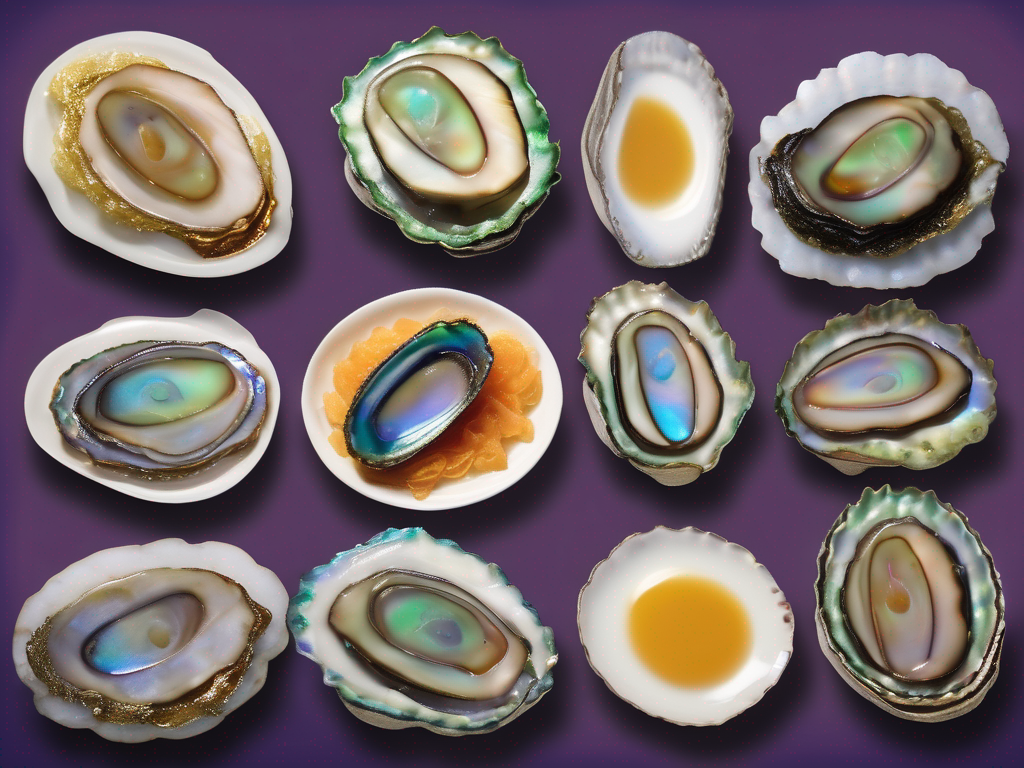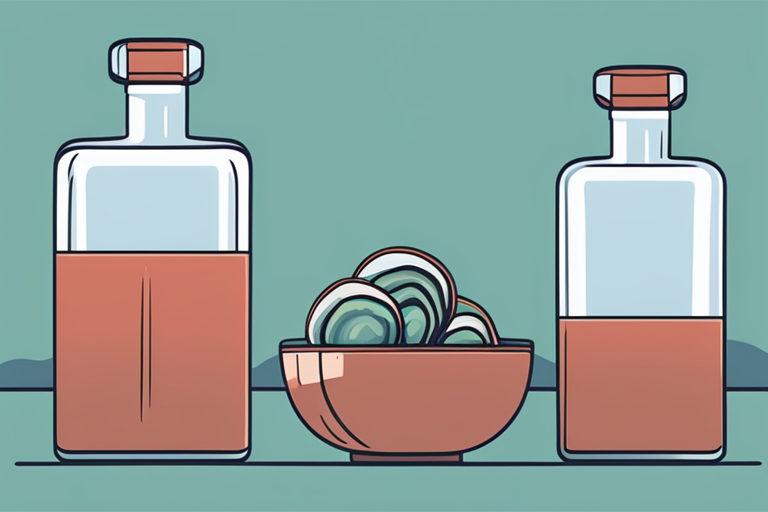
Is Your Abalone Safe to Eat? How to Tell if it has Expired
Get Your Free Food Safety Cheat Sheet
30 most common foods with instant answers. Print it and stick it on your fridge—completely free!
Is Your Abalone Safe to Eat? How to Tell if it has Expired
Abalone is a delicacy enjoyed by many seafood lovers for its unique taste and texture. However, like any other seafood, abalone can spoil if not stored or handled properly. In this blog post, we will discuss how to tell if your abalone has expired and provide you with some practical tips on food safety and storage. (Abalone)
Understanding Abalone Expiration
Abalone, like other seafood, can go bad if not kept under the right conditions. Here are some key indicators that your abalone may have expired:
Signs of Spoilage
- Foul or strong fishy odor
- Slimy texture
- Discoloration, especially a yellow or brown tint
- Mold or unusual growth on the surface
Expiration Date
- Check the packaging for an expiration date or "best by" date. If the abalone is past this date, it is safer to discard it.
Storage Conditions
- Improper storage can lead to spoilage. Ensure that your abalone is stored in a cool environment, ideally in the refrigerator.
- Avoid storing abalone with strong-smelling foods as they can absorb odors.
How to Safely Store Abalone
Proper storage is key to ensuring the freshness and safety of your abalone. Here are some tips to help you store your abalone correctly:
Refrigeration
- Store fresh abalone in the refrigerator at a temperature of 32-38°F (0-3°C).
- If your abalone is vacuum-sealed, it can be stored in the refrigerator for up to 2-3 days.
- If you plan to consume the abalone later, consider freezing it for longer storage.
Freezing
- To freeze abalone, wrap it tightly in plastic wrap or aluminum foil to prevent freezer burn.
- Place the wrapped abalone in an airtight container or a freezer bag.
- Abalone can be stored in the freezer for up to 2-3 months without compromising quality.
Thawing
- When ready to consume frozen abalone, thaw it in the refrigerator overnight.
- Avoid thawing abalone at room temperature, as this can promote bacterial growth.
Tips for Safe Handling and Preparation
Proper handling and preparation are essential to prevent foodborne illnesses. Follow these tips to ensure the safety of your abalone:
- Wash your hands thoroughly before and after handling abalone.
- Clean all utensils and surfaces that come in contact with raw abalone to prevent cross-contamination.
- Cook abalone thoroughly to an internal temperature of 145°F (63°C) to kill any harmful bacteria.
- Do not consume raw or undercooked abalone, as it can pose a risk of foodborne illness.
Conclusion
In conclusion, it is essential to pay attention to the signs of spoilage when consuming abalone. By following proper storage guidelines, handling practices, and cooking methods, you can enjoy this delicious seafood safely. Remember to always check for signs of spoilage, adhere to storage recommendations, and cook abalone thoroughly to minimize the risk of foodborne illness. Enjoy your abalone responsibly and savor its unique flavors while prioritizing your health and safety.
For more information on abalone and other foods, visit our abalone page. Stay safe and enjoy your culinary adventures! (Abalone)

Authoritative Food Safety References
These agencies and university labs inform every tip and health precaution we publish.
USDA FoodKeeper – Cold Storage Guidelines
Official refrigerator, freezer, and pantry timelines maintained by the U.S. Department of Agriculture.
Visit USDA FoodKeeperFDA Produce Safety Rule & Grower Guidance
Field-to-fridge handling practices that prevent contamination of fruits, vegetables, and leafy greens.
Visit FDA Produce SafetyCDC Foodborne Illness Prevention Hub
Surveillance-backed guidance on pathogens, symptoms, and steps to reduce foodborne illness risk.
Visit CDC Food SafetyUC Davis Postharvest Technology Center
University research detailing optimal storage atmospheres for produce after harvest.
Visit UC Davis PostharvestPenn State Extension – Home Food Preservation & Safety
Peer-reviewed extension bulletins on safe canning, chilling, and reheating practices.
Visit Penn State ExtensionHow can I tell if my abalone has expired?
What is the shelf life of abalone?
Can I eat abalone that has been frozen?
Are there any health risks associated with eating expired abalone?
Get Your Free Food Safety Cheat Sheet
30 most common foods with instant answers. Print it and stick it on your fridge—completely free! Want more? Upgrade to the complete guide with 70+ foods.
Scan your food directly and get instant safety info using our AI-powered camera feature.